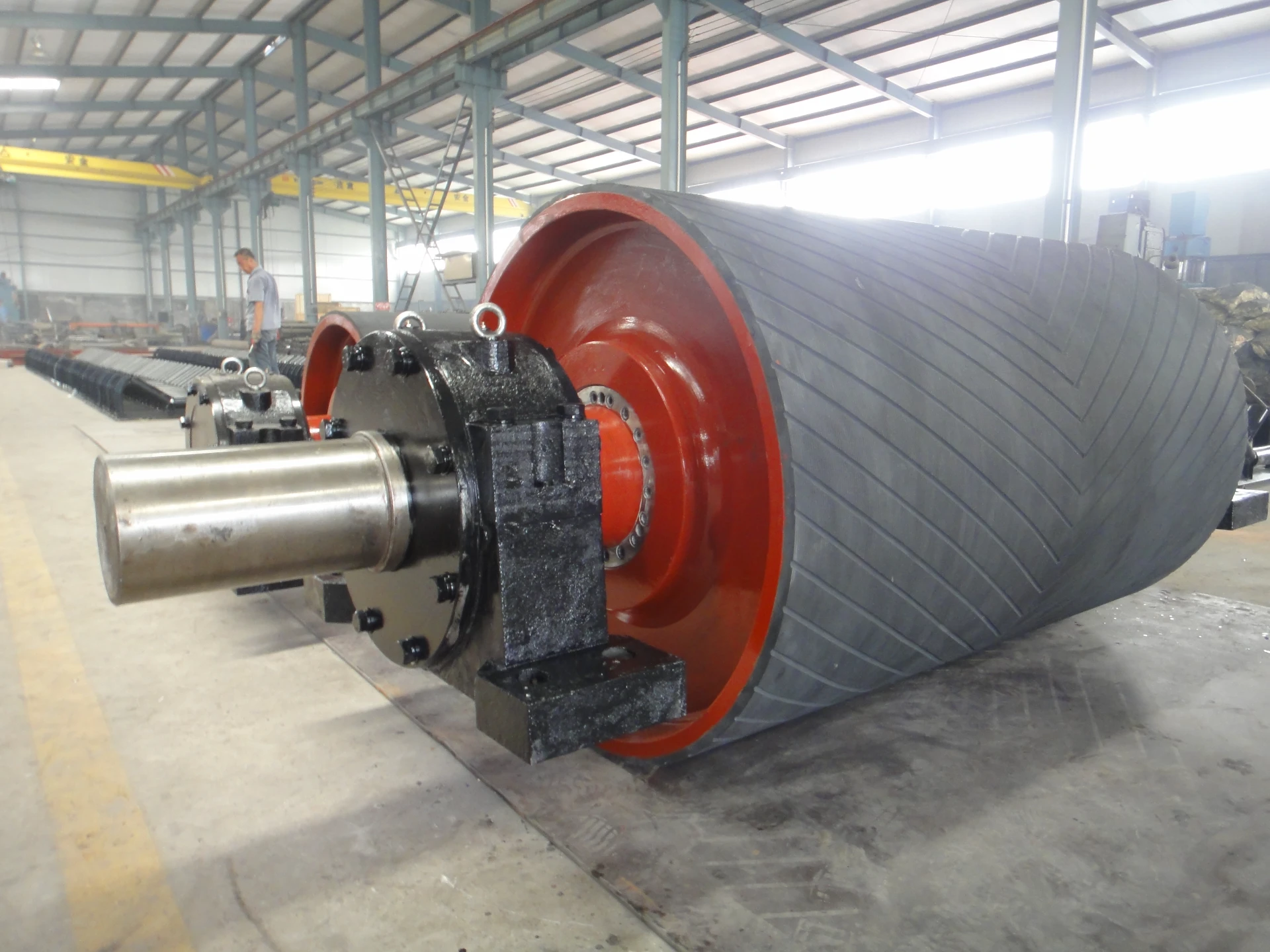 Afrikaans
Afrikaans  Albanian
Albanian  Amharic
Amharic  Arabic
Arabic  Armenian
Armenian  Azerbaijani
Azerbaijani  Basque
Basque  Belarusian
Belarusian  Bengali
Bengali  Bosnian
Bosnian  Bulgarian
Bulgarian  Catalan
Catalan  Cebuano
Cebuano  Corsican
Corsican  Croatian
Croatian  Czech
Czech  Danish
Danish  Dutch
Dutch  English
English  Esperanto
Esperanto  Estonian
Estonian  Finnish
Finnish  French
French  Frisian
Frisian  Galician
Galician  Georgian
Georgian  German
German  Greek
Greek  Gujarati
Gujarati  Haitian Creole
Haitian Creole  hausa
hausa  hawaiian
hawaiian  Hebrew
Hebrew  Hindi
Hindi  Miao
Miao  Hungarian
Hungarian  Icelandic
Icelandic  igbo
igbo  Indonesian
Indonesian  irish
irish  Italian
Italian  Japanese
Japanese  Javanese
Javanese  Kannada
Kannada  kazakh
kazakh  Khmer
Khmer  Rwandese
Rwandese  Korean
Korean  Kurdish
Kurdish  Kyrgyz
Kyrgyz  Lao
Lao  Latin
Latin  Latvian
Latvian  Lithuanian
Lithuanian  Luxembourgish
Luxembourgish  Macedonian
Macedonian  Malgashi
Malgashi  Malay
Malay  Malayalam
Malayalam  Maltese
Maltese  Maori
Maori  Marathi
Marathi  Mongolian
Mongolian  Myanmar
Myanmar  Nepali
Nepali  Norwegian
Norwegian  Norwegian
Norwegian  Occitan
Occitan  Pashto
Pashto  Persian
Persian  Polish
Polish  Portuguese
Portuguese  Punjabi
Punjabi  Romanian
Romanian  Russian
Russian  Samoan
Samoan  Scottish Gaelic
Scottish Gaelic  Serbian
Serbian  Sesotho
Sesotho  Shona
Shona  Sindhi
Sindhi  Sinhala
Sinhala  Slovak
Slovak  Slovenian
Slovenian  Somali
Somali  Spanish
Spanish  Sundanese
Sundanese  Swahili
Swahili  Swedish
Swedish  Tagalog
Tagalog  Tajik
Tajik  Tamil
Tamil  Tatar
Tatar  Telugu
Telugu  Thai
Thai  Turkish
Turkish  Turkmen
Turkmen  Ukrainian
Ukrainian  Urdu
Urdu  Uighur
Uighur  Uzbek
Uzbek  Vietnamese
Vietnamese  Welsh
Welsh  Bantu
Bantu  Yiddish
Yiddish  Yoruba
Yoruba  Zulu
Zulu ceramic pulley lagging
The Importance of Ceramic Pulley Lagging in Industrial Applications
In the world of industrial machinery, efficiency and durability are paramount. One of the critical components that contribute to these factors is the pulley system, which is essential in various applications such as conveyor belts, mining, and machinery drives. Among the various materials used for pulley lagging, ceramic lagging has emerged as a preferred choice for many industries. This article explores the benefits of ceramic pulley lagging and its significance in enhancing operational performance.
What is Ceramic Pulley Lagging?
Ceramic pulley lagging is a type of surface coating applied to pulley systems to improve grip, reduce slippage, and enhance the overall lifespan of the machinery. It consists of ceramic tiles that are bonded onto the surface of a pulley. These tiles are typically made from high-friction materials that provide a superior grip compared to traditional rubber lagging. The application of ceramic lagging can transform the efficiency of pulley systems in several ways.
Enhanced Grip and Traction
One of the primary advantages of ceramic pulley lagging is its exceptional grip. The textured surface of ceramic lagging generates higher friction levels, which means that it can effectively transfer the force from the drive system to the conveyor belt or other components without slipping. This increased traction is crucial in scenarios where materials are heavy or where steep angles are involved. By minimizing slippage, ceramic lagging helps ensure that materials are moved efficiently, reducing downtime and improving overall productivity.
Extended Equipment Lifespan
ceramic pulley lagging

Industrial machinery often operates under harsh conditions, leading to wear and tear that can compromise the lifespan of equipment. Ceramic pulley lagging is designed to withstand these challenging environments. Its superior hardness and resilience mean that it can resist abrasion, impact, and degradation better than conventional lagging materials. By protecting pulleys from wear and tear, ceramic lagging not only extends the life of the pulley system but also reduces maintenance costs and downtime, making it a cost-effective solution for many industries.
Resistance to Environmental Factors
Ceramic materials are inherently resistant to a variety of environmental factors, including moisture, chemicals, and temperature fluctuations. This resistance makes ceramic pulley lagging suitable for use in diverse environments, from humid mining operations to chemical processing plants. By choosing ceramic lagging, companies can safeguard their machinery against the damaging effects of moisture or corrosive substances, thus enhancing operational consistency in varying conditions.
Reduction of Noise and Vibration
Another benefit of ceramic pulley lagging is its ability to dampen noise and vibrations during operation. The interlocking structure of ceramic tiles can absorb and dissipate energy, leading to quieter and smoother operation. This is particularly important in environments where noise reduction is a priority, such as in urban areas or facilities that require a more controlled noise environment. Additionally, reduced vibration can decrease the wear on other components of the machinery, further contributing to the longevity of the system.
Conclusion
In conclusion, ceramic pulley lagging is an integral advancement in the field of industrial machinery. Its ability to enhance grip, extend equipment lifespan, resist environmental factors, and reduce noise makes it a valuable choice for various applications. As industries continue to seek ways to improve efficiency and reduce costs, the adoption of ceramic pulley lagging is likely to increase, paving the way for more reliable and sustainable industrial operations. Investing in ceramic lagging today can result in substantial long-term benefits for businesses striving to maintain competitive advantages in a demanding market.
-
Revolutionizing Conveyor Reliability with Advanced Rubber Lagging PulleysNewsJul.22,2025
-
Powering Precision and Durability with Expert Manufacturers of Conveyor ComponentsNewsJul.22,2025
-
Optimizing Conveyor Systems with Advanced Conveyor AccessoriesNewsJul.22,2025
-
Maximize Conveyor Efficiency with Quality Conveyor Idler PulleysNewsJul.22,2025
-
Future-Proof Your Conveyor System with High-Performance Polyurethane RollerNewsJul.22,2025
-
Driving Efficiency Forward with Quality Idlers and RollersNewsJul.22,2025





























